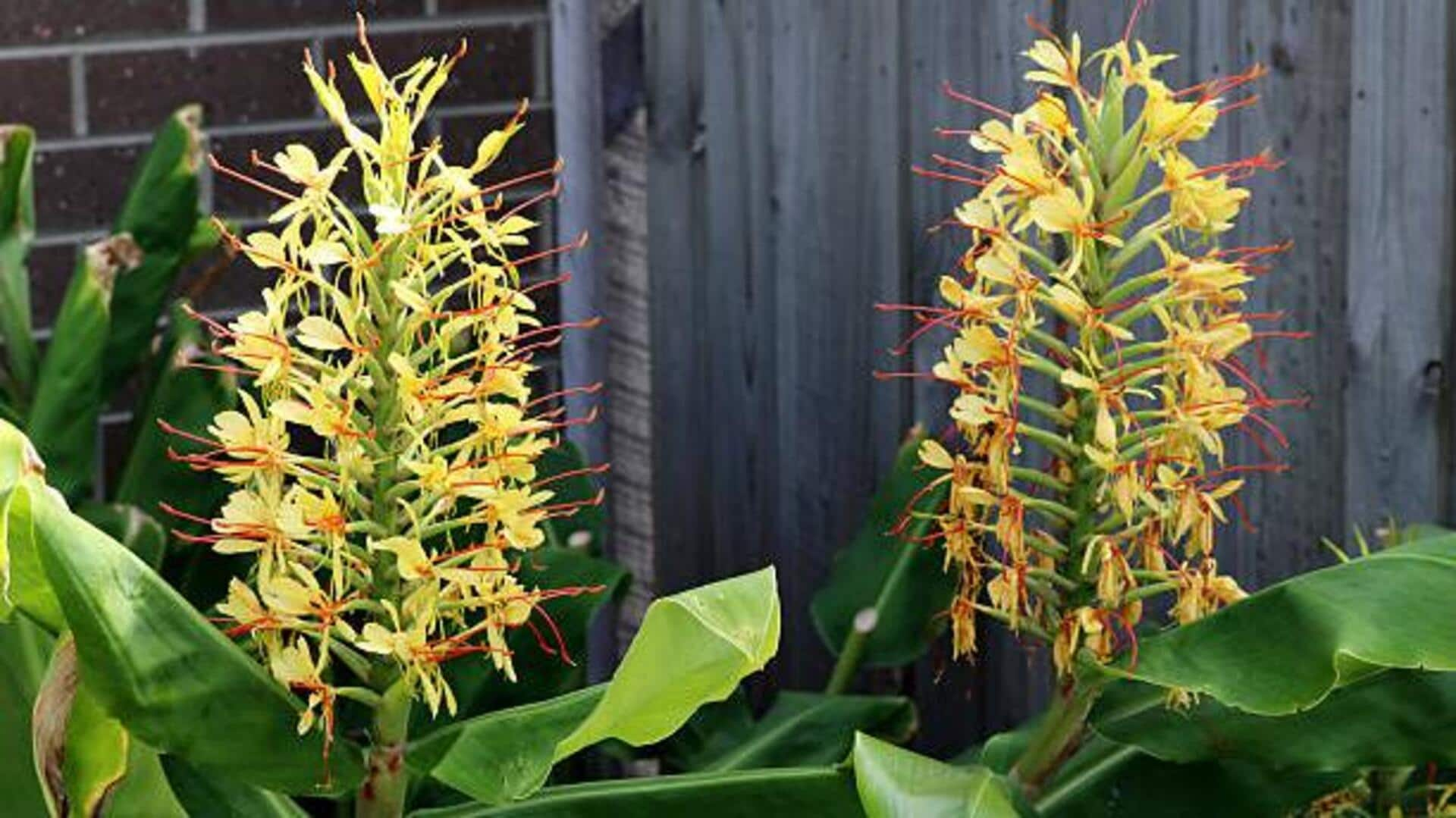
How to use ginger bush in your wellness routine
What's the story
African ginger bush, a plant native to Africa, is gaining popularity for its potential health benefits. The plant is known for its rich antioxidant properties and has been used traditionally in various cultures for medicinal purposes. As more people seek natural remedies, African ginger bush offers an interesting alternative to conventional health products. Here's how you can incorporate this plant into your wellness routine.
#1
Antioxidant properties of African ginger bush
African ginger bush is loaded with antioxidants, which are essential for fighting oxidative stress in the body. These antioxidants can help protect cells from damage caused by free radicals. Regular consumption of this plant may help improve overall health by supporting the body's natural defense mechanisms. You can include it in your diet as a tea or infusion to reap its antioxidant benefits.
#2
Traditional uses and cultural significance
Traditionally, African ginger bush has been used in various African cultures for its therapeutic properties. It has been used to treat common ailments and promote general well-being. The cultural significance of this plant highlights its versatility and importance in traditional medicine practices. Understanding these uses can provide insight into how it can be effectively integrated into modern wellness routines.
Tip 1
Incorporating African ginger bush into your diet
Incorporating African ginger bush into your diet can be simple and rewarding. One way is by brewing it as a tea, which allows you to enjoy its flavor while reaping its health benefits. Another option is to add powdered forms of the plant into smoothies or other beverages for an extra nutritional boost without altering taste significantly.
Tip 2
Potential health benefits beyond antioxidants
Beyond its antioxidant properties, African ginger bush may offer other health benefits worth exploring further through research studies on its effects on digestion and inflammation reduction processes within the body systems. These are based on preliminary findings from initial investigations into these areas. This is before any definitive conclusions are drawn regarding efficacy levels associated specifically with this botanical source itself.